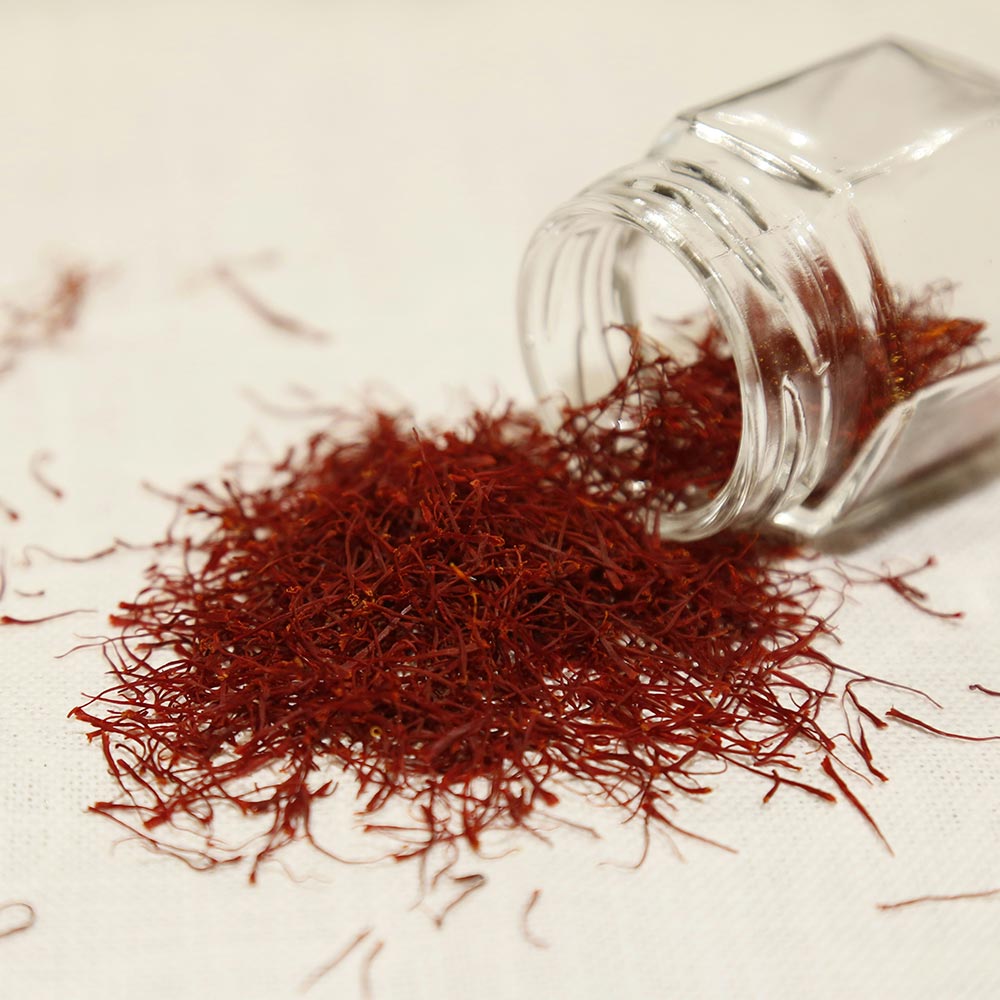What is Saffron? A Guide to the World's Most Precious Spice
Saffron, often called the golden spice, is one of the most prized and expensive spices in the world. Known for its deep aromatic, floral, and slightly earthy flavor, saffron has been used for centuries in cooking, medicine, and even as a dye. This guide will explore what saffron is, its origins, how it is harvested, and why it remains such a valued ingredient in Persian cuisine and beyond.

What is Saffron?
Saffron is derived from the stigmas of the Crocus sativus flower, commonly known as the saffron crocus. Each flower produces only three tiny red stigmas, which must be carefully handpicked and dried to be used as saffron. This labor-intensive harvesting process is why saffron is one of the most expensive spices in the world.
The History and Origins of Saffron
Saffron has a long and rich history, dating back over 3,000 years. It has been cultivated in Persia (modern-day Iran) since ancient times and was highly prized in trade across the Silk Road. It has been used in Persian, Indian, Mediterranean, and Middle Eastern cuisines, as well as in traditional medicine for its believed health benefits.
What Makes Saffron So Expensive?
The high cost of saffron is due to:
- Labor-Intensive Harvesting: Each saffron crocus flower produces only a few strands of saffron, requiring thousands of flowers to yield just a small amount of the spice.
- Hand-Picked Process: Because saffron stigmas are delicate, they must be harvested by hand, adding to the cost.
- Geographic Conditions: Saffron requires specific climate conditions to grow, with Iran being the largest producer, followed by India, Spain, and Greece.
How to Identify High-Quality Saffron
Not all saffron is created equal. To ensure you're getting authentic, high-quality saffron, look for:
- Deep Red Strands: High-quality saffron consists of long, thin red threads with little to no yellow or orange portions.
- Strong Aroma: Good saffron should have a sweet, floral scent with hints of honey and hay.
- Slow Color Release: Authentic saffron releases its golden color gradually in warm water. If it turns water bright yellow immediately, it may be dyed or fake.
How is Saffron Used?
Saffron is widely used in Persian cooking and beyond. Here are some common uses:
- Rice Dishes: Essential in Persian Chelo, Tahdig, and Javaher Polow (jeweled rice) for both color and flavor.
- Stews & Soups: Adds depth to dishes like Khoresh Gheimeh and Khoresh Bademjan.
- Desserts: Found in Sholeh Zard (saffron rice pudding) and Bastani Sonnati (Persian saffron ice cream).
- Beverages: Used in Saffron Sharbat and Persian tea with cardamom.
Storing Saffron for Maximum Freshness
To keep saffron fresh and potent:
- Store in an airtight container, away from light and moisture.
- Keep in a cool, dark place, like a spice drawer.
- Use within 1-2 years for the best aroma and flavor.
Saffron is not just a spice - it is a symbol of luxury, tradition, and rich culinary heritage. Whether used in Persian cuisine or other global dishes, saffron remains an irreplaceable ingredient. Understanding its origins, how to choose quality saffron, and how to use it properly will help you make the most of this golden spice.

